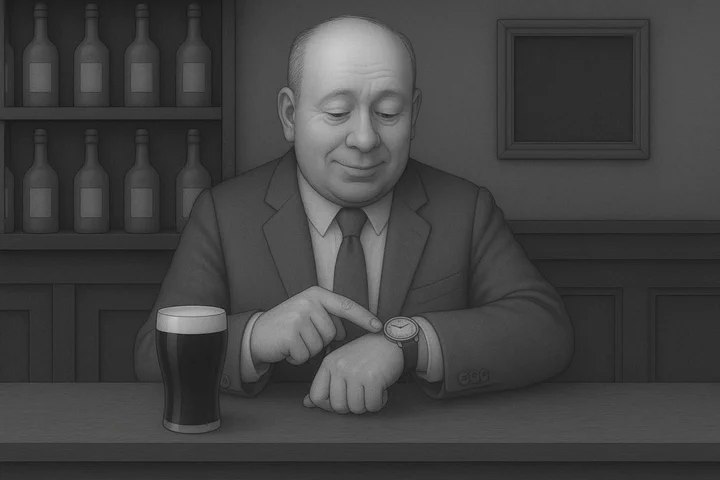Electoral politics in South Korea’s presidential election

Significance. Observers consistently make the mistake of assessing South Korea’s foreign policy trajectory based on campaign rhetoric and election-period positioning.
The political system in South Korea is uniquely characterized by a dramatic shift in advisory personnel, strategic direction, and political allegiances immediately after the election outcome is announced. The pre- and post-election periods in South Korea are not part of a continuum but are better viewed as distinct phases governed by different interests.
The election period is a misleading indicator of future behavior. It’s a mistake to assume that there will be continuity between the pre- and post-election.
Monitoring speeches, interviews, and policy platforms in the lead-up to the vote provide little more than insight into campaign messaging. Interested parties that fail to differentiate between pre- and post-election dynamics risk misreading South Korea’s strategic direction and making faulty assumptions in planning. Understanding this dichotomy is essential to grasping the nature of presidential elections in South Korea.
Analysis. South Korean presidents are limited to a single five-year term by the constitution to prevent consolidation of power and ensure regular democratic transitions. The weak party system and the concentration of power in the president’s office means that once elected, a presidential administration has less impetus to fulfil election promises. The result is a bifurcated political system of pre- and post-election.
South Korea’s presidential elections are high-stakes, winner-takes-all contests. The pre-election period requires a distinct skills set, capacities, and behaviors (and of course endurance). The post-election period, marked by a transition settling-in, policy creation, and policy implementation, requires an entirely different skills set, capacities, and behaviors. The distinctly different pre- and post-election period means that personnel and ideas appropriate for one period, may not be appropriate for the other.
This typically results in complete overhauls of personnel. Each administration enters office with a fresh team of advisors, often drawn from ideologically aligned think tanks or academic institutions. The presidential office – the Blue House under previous administrations and now the Yongsan Presidential Office – becomes the command center of national policy, including foreign affairs. This institutional concentration of power means that the individual elected to the presidency exercises unprecedented influence over the tone, direction, and execution of policy.
The policies proposed during the campaign are not binding, and there is no formal transition team drawn from the outgoing and incoming administrations. Campaign rhetoric then serves domestic political purposes rather than offering accurate forecasts of policy - and for many outside of Korea this is difficult to fully understand.
After the vote, the shift is immediate and profound. Advisors from the campaign are replaced with technocrats and loyalists who often bring different priorities. Rhetorical positions on diplomacy, security, or trade may be abandoned or reversed. This has been consistent across administrations.
In the past, progressive administrations moderated their stance towards North Korea, while conservatives scaled back hawkish posturing, during the election period. Immediately after, they return to an ideological core that does not need public approval.
Furthermore, institutional memory is weak; each administration essentially resets bilateral relationships. As a result, embassies and analysts who invest heavily in tracking candidate statements or party manifestos before the vote are often left surprised by the first 100 days of the presidency.
Mainstream media reporting, both domestic and international, tends to focus on campaign coverage as if it were a reliable precursor to policy. This coverage emphasizes polling, scandals, and televised debates. Post-election analysis often fails to note the structural reconfiguration that takes place. The media rarely interrogates the changing advisory ecosystems or the institutional rupture that characterizes the post-election landscape. Nor does it track the policy divergence between campaign promises and implemented policies. The result is a distorted narrative that exaggerates continuity and minimizes the reset.
For foreign diplomats, policymakers, and other interested parties, this discontinuity has serious implications. Engagement strategies built around a candidate’s pre-election rhetoric may prove irrelevant or counterproductive.
Relationship-building with campaign advisors is not a reliable avenue into the future administration. Furthermore, assumptions about continuity or escalation—whether on North Korea, U.S. relations, or Japan policy—must be re-evaluated in light of post-election personnel shifts. The diplomatic corps must learn to disaggregate campaign tactics from strategic intent, and election outcomes from immediate policy trajectories.
Impact. Foreign observers should treat South Korea’s pre-election and post-election periods as distinct phases; while the election month may dominate media attention, policy direction will be set in the months that follow by an entirely new cohort, rendering most campaign-period analysis strategically misleading.
